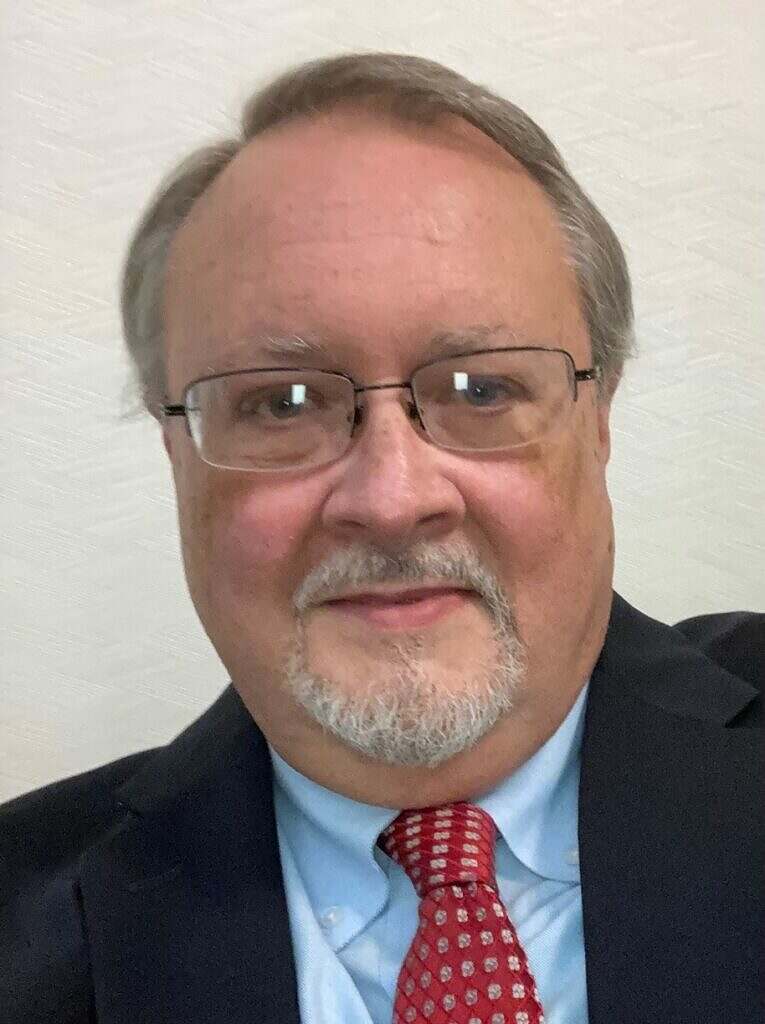|
Getting your Trinity Audio player ready...
|
A perfect storm is building in doctors’ offices, clinics and hospitals nationwide. A growing number of veteran physicians are opting for retirement at precisely the same moment the massive Baby Boomer demographic reaches senior citizen status – the stage of life when medical care is needed most.
The result: The ranks of America’s doctors are thinning precisely when the need for their services is reaching record levels. Basically, there are too many patients – and too few men and women in white coats to see them in a timely manner.
On top of that, the number of new doctors graduating from medical school isn’t keeping pace with physician retirements.
Our media outlet has previously covered this crisis – and the corresponding nursing shortage. But what is being done about it? How can our healthcare system continue to match services with needs in such a challenging environment?
This conundrum has executives at healthcare facilities across the country searching for inventive solutions. It also has them reaching some core conclusions about the problem they are facing. Among those root realizations? Just because a patient may want to see a doctor – it doesn’t always mean they needto see a doctor.
We have all heard stories about patients flooding emergency rooms with minor ailments. But this is a more systemic issue. In many cases in which a visit to the doctor is sought, it could very well be that an advanced practice provider (or “APP”) can meet the patients’ needs just as well as an MD.
“They certainly don’t replace doctors, but they are a great addition to what we call team-based care. So they help us in many specialties, particularly primary care.”
***
***
That’s the view of Cam Crow, Vice President of Physician Network Administration at Lexington Medical Center, an award-winning Midlands-area hospital. As Crow explains, while several positions fall under the APP umbrella, they chiefly consist of nurse practitioners and physician assistants. APPs are tremendous assets in crowded facilities, too.
“They help us in many specialties, but particularly in primary care," she said. "They help us provide faster access to care and are great at the basics for acute sick visits. They're also excellent with health prevention and wellness and ensuring patients have education on all the screenings and preventive measures they need to take care of in their annual physical.” In short, APPs can help clear the decks - freeing physicians to spend more time on more serious cases requiring closer, more detailed attention. They work under the supervision of - and collaboratively - with a physician.
Leveraging the skill and experience of APPs provides benefits to patients as well.
“Number one is improved access,” Crow explained. “The more we can expand the care team, the better patient access we can provide. APPs can address many health concerns in a patient encounter, but can also escalate to a physician team member when the patient need requires physician involvement.”
Given all that, it’s little wonder the number of APPs working across the country has doubled in the last decade, with even more growth projected in the coming years.
APPs received additional training beyond their initial education regardless of the discipline they originally came from. Additionally, more experienced eyes are watching out for them.
“In South Carolina, both nurse practitioners and physician assistants work under the supervision of a physician,” Crow pointed out. “So they have a clinical partner for them to go to. For patients, it's really the best of both worlds when you have quicker access to care with an advanced practice provider, but you also can see a physician who works collaboratively with them.”
Lexington Medical Center recognized the need for APPs seven years ago and started its Nurse Practitioner Fellowship.
(Click to view)
“It goes from August through the end of June,” Crow said. “Each year, we have a different group, and our goal is to retain them in full-time employment after that fellowship. Every year, we have two to five nurse practitioners selected to participate. Since 2016, we have graduated 22 fellows.”
The growing care needs of the population has created more demand for APP roles, and their additional training allows for more earning potential and career opportunities, making the position more attractive to a growing number of candidates in the healthcare field. Collaborations with institutions of higher learning are also helping fill these versatile positions.
Crow said “In SC, we have nurse practitioner programs at USC and MUSC, as well as PA programs. And then there are some others. Clemson has a nurse practitioner program. PA programs are also at Presbyterian College, North Greenville, and Charleston Southern. So we do have a good supply of training programs here in South Carolina, but it is our hope that we continue to see them increase the number of NPs and PAs trained as the needs continue to grow.”
The healthcare industry will need as many APPs as it can get as the population continues graying. And while it isn’t "the answer" to addressing the growing doctor shortage, Crow believes the increased use of advanced practice providers is an important part of the answer.
“When you've got a really effective team where a nurse practitioner or physician assistant works very closely with a physician and can consult them with questions if a patient's issue is more complex than they feel comfortable with, when they're working together, they can get the patient the level of care that they need.”
***
ABOUT THE AUTHOR...
J. Mark Powell is an award-winning former TV journalist, government communications veteran, and a political consultant. He is also an author and an avid Civil War enthusiast. Got a tip or a story idea for Mark? Email him at mark@fitsnews.com.
***
WANNA SOUND OFF?
Got something you’d like to say in response to one of our articles? Or an issue you’d like to address proactively? We have an open microphone policy! Submit your letter to the editor (or guest column) via email HERE. Got a tip for a story? CLICK HERE. Got a technical question or a glitch to report? CLICK HERE.




5 comments
Hey FITS: I’d love to see a real “post mortem” of what the so-called Affordable Care Act [“ObamaCare”] has done to the healthcare industry in SC. Anecdotally, it seems to have caused alot of doctors to retire early, and then consolidated and corporatized healthcare. It certainly hasn’t made health care cheaper for Americans, which was the number one desire of the people and the number one promise of the Marxist Democrats. And the so-called nonprofit provider institutions are actually going up head-to-head to compete with the for-profit industry, but with the market-distorting advantage of tax exempt status and public debt financing.
Obamacare broke records for enrollment for the third straight year.
The people have spoken.
yeah…Saddam Hussein and Hugo Chavez also won their elections by increasingly larger margins every election cycle….that didn’t mean that the will of the people had “spoken.” And when the government takes control of essentially an entire industry and shuts down pretty much all other options except the health care plans offered for government employees and large unions, increased enrollment doesn’t necessarily mean its what the people want. So again I ask: did it produce lower health care costs, which is essentially what all the people wanted who didn’t desire single payor?
Anyone who so casually throws out terms they have no idea of their definition, to disparage a position or group, immediately forfeits all credibility. ‘Marxist Democrats’ indeed? We can’t be both you twit.
Leo, rest assured I do not use the term casually, and I most indeed know what marxism is – the term is very, very apt. Want a good visual for starters? The national democrat convention attendees soulfully singing John Lennon’s “Imagine” for decades. John himself said it was basically the communist manifesto. Bernie Sanders, a self- declared socialist, has caucused with the Democrat Party for essentially his entire career, even running for the Democratic presidential nominee. The number of scholarly works tracing the intertwined history of the american socialist and communist socialist parties going back to the FDR era forward is very, very well documented. When the DNC had moved far enough leftwards in the Clinton era and thereafter, practically every significant socialist political party in America, one by one, dissolved and folded into the DNC. So yes, you twit, you can most definitely be both, because they are, for all practical purposes, the same.